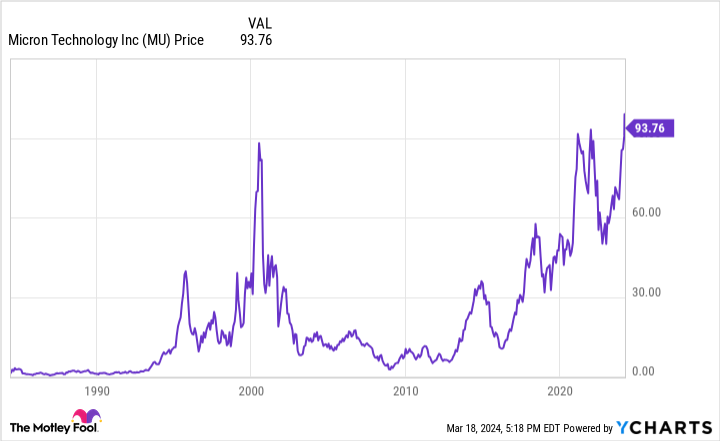Data scientists and engineers frequently collaborate on machine learning ML tasks, making incremental improvements, iteratively refining ML pipelines, and checking the model’s generalizability and robustness. There are major worries about data traceability and reproducibility because, unlike code, data modifications do not always provide enough information about the exact source data used to create the published data and the transformations made to each source.
To build a well-documented ML pipeline, data traceability is crucial. It guarantees that the data used to train the models is accurate and helps them comply with rules and best practices. Monitoring the original data’s usage, transformation, and compliance with licensing requirements becomes difficult without adequate documentation. Datasets can be found on data.gov and Accutus1, two open data portals and sharing platforms; however, data transformations are rarely provided. Because of this missing information, replicating the results is more difficult, and people are less likely to accept the data.
A data repository undergoes exponential changes due to the myriad of potential transformations. Many columns, tables, a wide variety of functions, and new data types are commonplace in such updates. Transformation discovery methods are commonly employed to clarify differences across data repository table versions. The programming-by-example (PBE) approach is usually used when they need to create a program that takes an input and turns it into an output. However, their inflexibility makes them ill-suited to deal with complicated and varied data kinds and transformations. Additionally, they struggle to adjust to changing data distributions or unfamiliar domains.
A team of AI researchers and engineers at Amazon worked together to build ML pipelines using DATALORE, a new machine learning system that automatically generates data transformations among tables in a shared data repository. DATALORE employs a generative strategy to solve the missing data transformation issue. DATALORE uses Large Language Models (LLMs) to reduce semantic ambiguity and manual work as a data transformation synthesis tool. These models have been trained on billions of lines of code. Second, for each provided base table T, the researchers use data discovery algorithms to find possible related candidate tables. This facilitates a series of data transformations and enhances the effectiveness of the proposed LLM-based system. The third step in obtaining the enhanced table is for DATALORE to adhere to the Minimum Description Length concept, which reduces the number of linked tables. This improves DATALORE’s efficiency by avoiding the costly investigation of search spaces.
Examples of DATALORE utilization.
Users can take advantage of DATALORE’s data governance, data integration, and machine learning services, among others, on cloud computing platforms like Amazon Web Services, Microsoft Azure, and Google Cloud. However, finding suitable tables or datasets to search queries and manually checking their validity and usefulness can be time-consuming for service users.
There are three ways in which DATALORE enhances the user experience:
DATALORE’s related table discovery can improve search results by sorting relevant tables (both semantic and transformation-based) into distinct categories. Through an offline method, DATALORE can be utilized to find datasets derived from the ones they currently have. This information will then be indexed as part of a data catalog.
Adding more details about connected tables in a database to the data catalog basically helps statistical-based search algorithms overcome their limitations.
Additionally, by displaying the potential transformations between several tables, DATALORE’s LLM-based data transformation generation can substantially enhance the return results’ explainability, particularly useful for users interested in any connected table.
Bootstrapping ETL pipelines using the provided data transformation greatly reduces the user’s burden of writing their code. To minimize the possibility of mistakes, the user must repeat and check each step of the machine-learning workflow.
DATALORE’s table selection refinement recovers data transformations across a few linked tables to ensure the user’s dataset can be reproduced and prevent errors in the ML workflow.
The team employs Auto-Pipeline Benchmark (APB) and Semantic Data Versioning Benchmark (SDVB). Keep in mind that pipelines comprising many tables are maintained using a join. To ensure that both datasets cover all forty various kinds of transformation functions, they modify them to add further transformations. A state-of-the-art method that produces data transformations to explain changes between two supplied dataset versions, Explain-DaV (EDV), is compared to the DATALORE. The researchers chose a 60-second delay for both techniques, mimicking EDV’s default, because generating transformations in DATALORE and EDV has exponential worst-case temporal complexity. Furthermore, with DATALORE, they cap the maximum number of columns used in a multi-column transformation at 3.
In the SDVB benchmark, 32% of the test cases are related to numerical-to-numerical transformations. Because it can handle numeric, textual, and categorical data, DATALORE normally beats EDV in every category. Because transformations with a join are only supported by DATALORE, they also see a bigger performance margin over the APB dataset. When DATALORE was compared with EDV across many transformation categories, the researchers found that it excels in text-to-text and text-to-numerical transformations. The intricacy of DATALORE means there is still space for development regarding numeric-to-numeric and numeric-to-categorical transformations.
Check out the Paper. All credit for this research goes to the researchers of this project. Also, don’t forget to follow us on Twitter. Join our Telegram Channel, Discord Channel, and LinkedIn Group.
If you like our work, you will love our newsletter.
Don’t Forget to join our 39k+ ML SubReddit





















